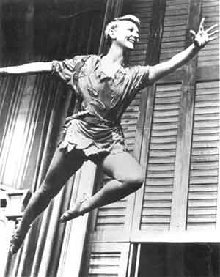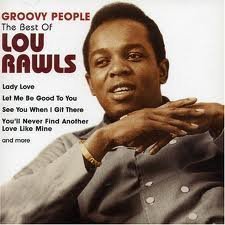
An alarm clock (or sometimes just an alarm) is a clock that is designed to alert an individual or group of individuals at a specified time. The primary function of these clocks is to awaken people from their night's sleep or short naps; they are sometimes used for other reminders as well. Most use sound; some use light or vibration. Some have sensors to identify when a person is in a light stage of sleep, in order to avoid waking someone who is deeply asleep, which causes tiredness, even if the person has had adequate sleep. To turn off the sound or light, a button or handle on the clock is pressed; most clocks automatically turn off the alarm if left unattended long enough. A classic analog alarm clock has an extra hand or inset dial that is used to specify the time at which the alarm will ring. Alarm clocks are also used in mobile phones, watches, and computers.
Many alarm clocks have radio receivers that can be set to start playing at specified times, and are known as clock radios. Some alarm clocks can set multiple alarms. A progressive alarm clock can have different alarms for different times (see next-generation alarms) and play music of the user's choice. Most modern televisions, computers, mobile phones and digital watches have alarm functions that turn on or sound alerts at a specific time.
Traditional mechanical alarm clocks have one or two bells that ring by means of a mainspring that powers a gear to quickly move a hammer back and forth between the two bells or between the interior sides of a single bell. In some models, the metal cover at back of the clock itself also functions as the bell. In an electronically operated bell-style alarm clock, the bell is rung by an electromagnetic circuit and armature to turn the circuit on and off repeatedly.
Digital alarm clocks can make other noises. Simple battery-powered alarm clocks make a loud buzzing or beeping sound to wake a sleeper, while novelty alarm clocks can speak, laugh, sing, or play sounds from nature.
The first American alarm clock was created in 1787 by Levi Hutchins in Concord, New Hampshire. This device he made only for himself however, and it only rang at 4 am, in order to wake him for his job. The French inventor Antoine Redier was the first to patent an adjustable mechanical alarm clock, in 1847.
Alarm clocks, like almost all other consumer goods in the United States, ceased production in the spring of 1942, as the factories which made them were converted over to war work during World War II, but they were one of the first consumer items to resume manufacture for civilian use, in November 1944. By that time, a critical shortage of alarm clocks had developed due to older clocks wearing out or breaking down. Workers were late for, or missed completely, their scheduled shifts in jobs critical to the war effort. In a pooling arrangement overseen by the Office of Price Administration, several clock companies were allowed to start producing new clocks, some of which were continuations of pre-war designs, and some of which were new designs, thus becoming among the first "postwar" consumer goods to be made, before the war had even ended. The price of these "emergency" clocks was, however, still strictly regulated by the Office of Price Administration.
The first radio alarm clock was invented by James F. Reynolds, in the 1940s and another design was also invented by Paul L. Schroth Sr.
- 1 large onion, diced
- 2 tablespoons butter
- 2 cups cooked white rice
- 2 eggs, beaten
- 1 cup milk
- 1 cup (4 ounces) shredded Swiss cheese
- 1/4 teaspoon salt
- Pepper to taste
- Chopped fresh parsley for garnish
- Paprika for garnish
- Preheat oven to 375º. Coat a 1-1/2-quart baking dish with cooking spray.
- In a large skillet, saute onion in butter 5 to 7 minutes, or until golden. Stir in remaining ingredients except parsley and paprika; mix well then pour mixture into baking dish.
- Bake 20 to 25 minutes, or until set. Garnish with parsley and paprika and serve.



















No comments:
Post a Comment